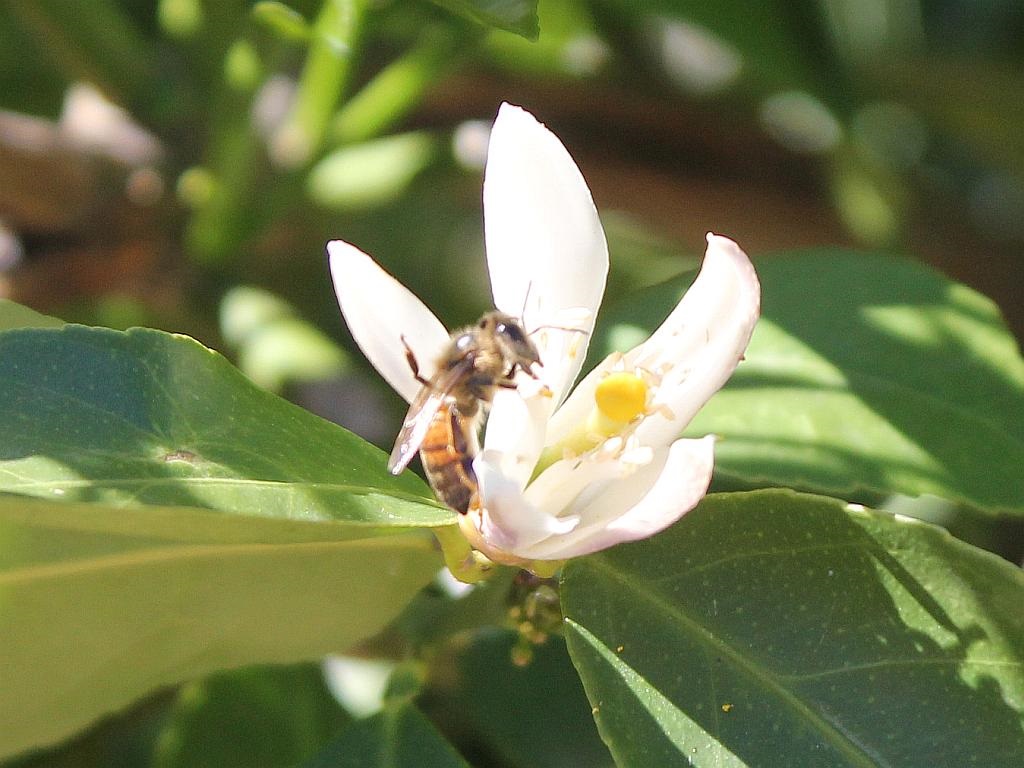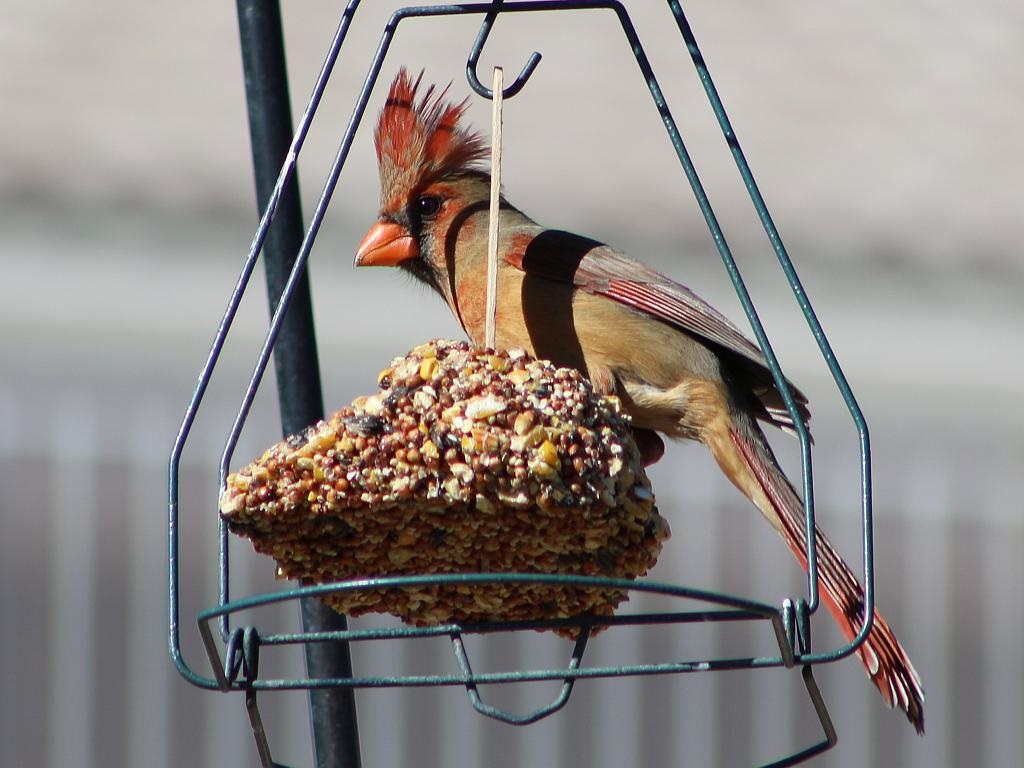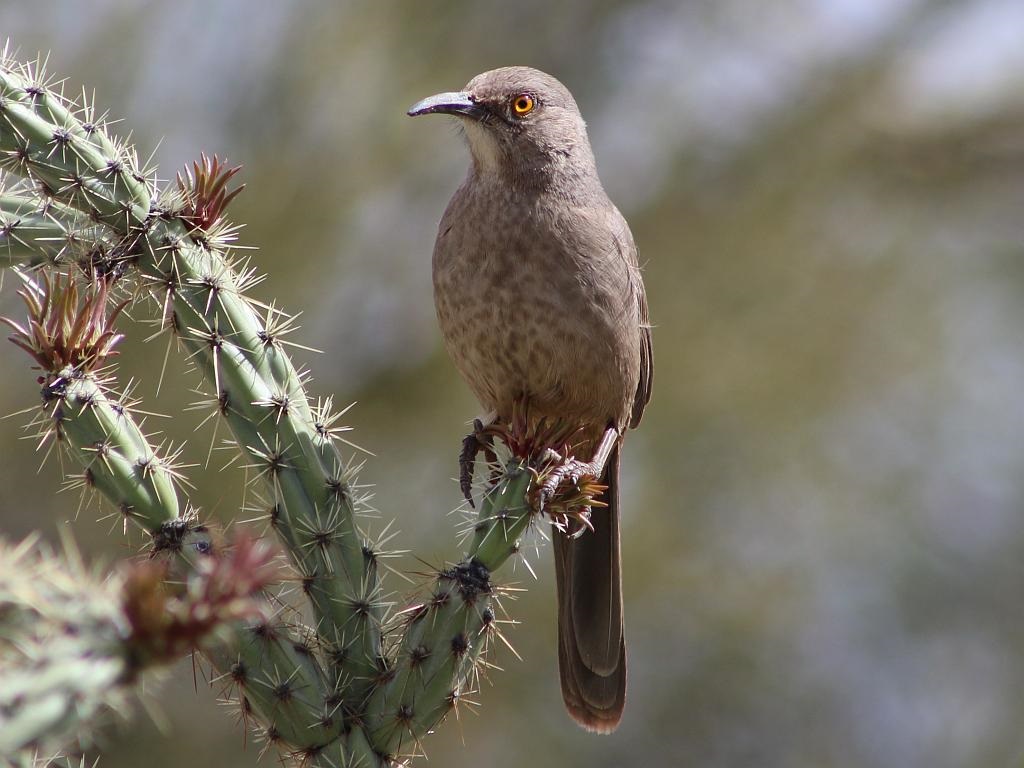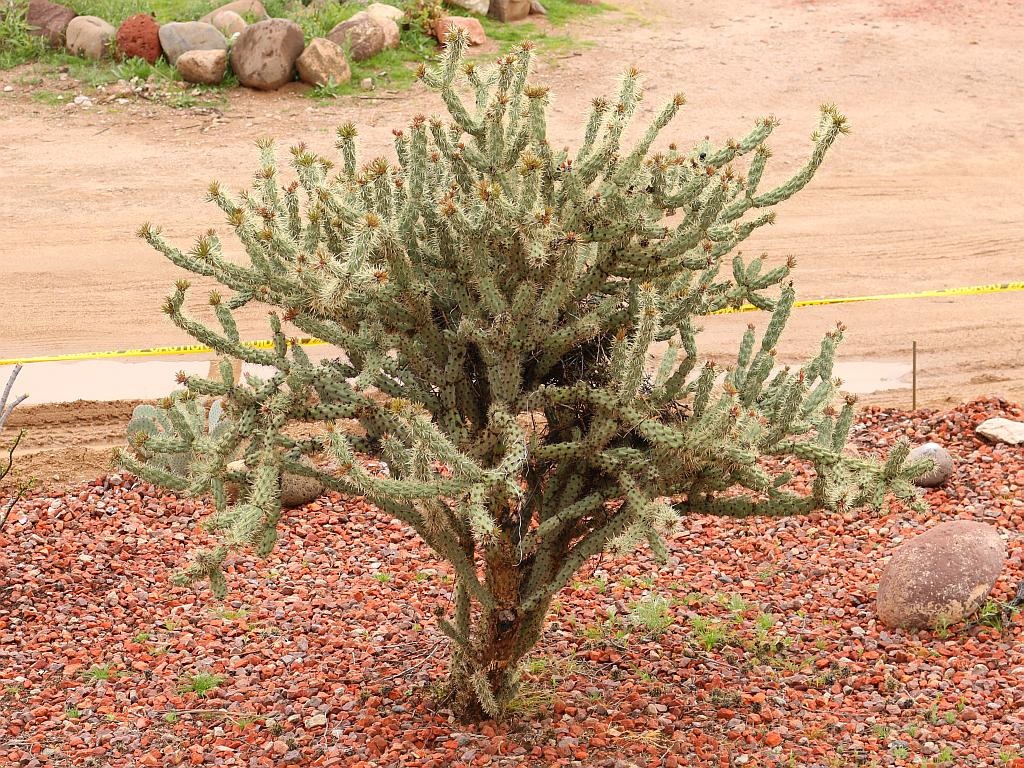It doesn’t seem that long ago that we were harvesting lemons from our little tree by the RV drive, but now the lemon production cycle is already starting again. I took this photo of one of the fragrant blossoms being pollinated by a honey bee today. Click on the image to enlarge.
We had intended, and still intend, to trim much of the tree back to eliminate some of the dead branches and suckers low on the trunk and in the ground. If we happen to lop off a few blossoms in the process, it probably won’t make that much difference in the yield this fall. We had way more lemons than we could use last season and gave a lot of them away.
Of course, we will be making more Limoncello and freezing lemon juice in ice cube trays* to keep until needed for cooking, etc. We’re looking forward to our next lemon harvest.
* Freeze the juice in trays, pop the cubes into a bag and keep in the freezer until you need some juice, then take out only what you need, keeping the rest frozen.










